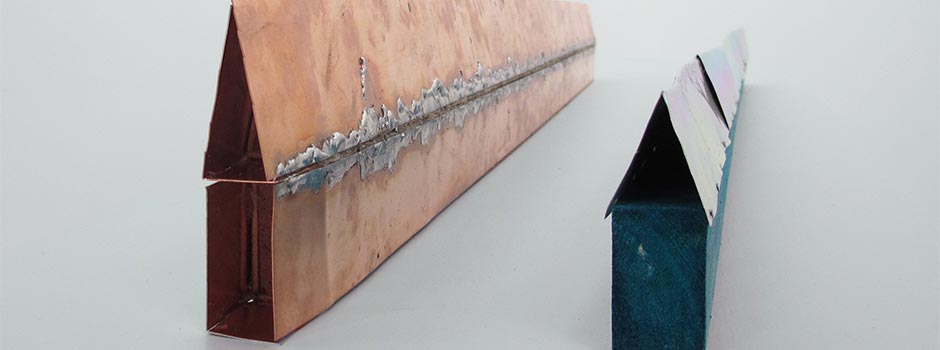
Exhibition at Dubai’s Carbon 12 Ghazel - Mea Culpa
Apr 04, 2016 Exhibition
The solo exhibition, Mea Culpa, revolves around the map motif used in diverse, sometimes derisive, ways. In addition to the works on paper and video, the Iranian artist is—for the first time in almost twenty years—showing sculptures. Made of paper, aluminium and copper, they relate thematically to the map-based work begun in 2010. Ghazel purposefully crafts seemingly spontaneous and lighthearted works whose humor, simple iconography and sometimes material fragility only partially obfuscate their timely, trenchant vision and the urgency of their political message.
 Ghazel, Mea Culpa, Installation view / Courtesy of Carbon 12
Ghazel, Mea Culpa, Installation view / Courtesy of Carbon 12
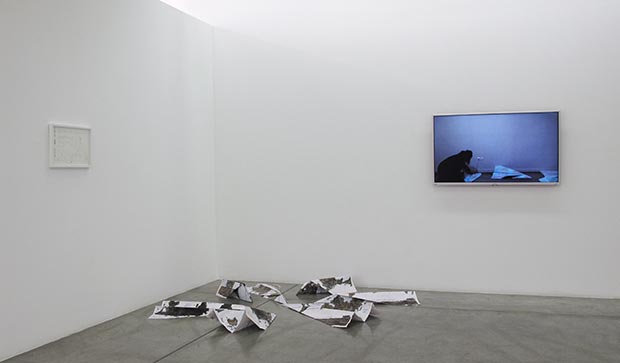 Ghazel, Mea Culpa, Installation view / Courtesy of Carbon 12
Ghazel, Mea Culpa, Installation view / Courtesy of Carbon 12
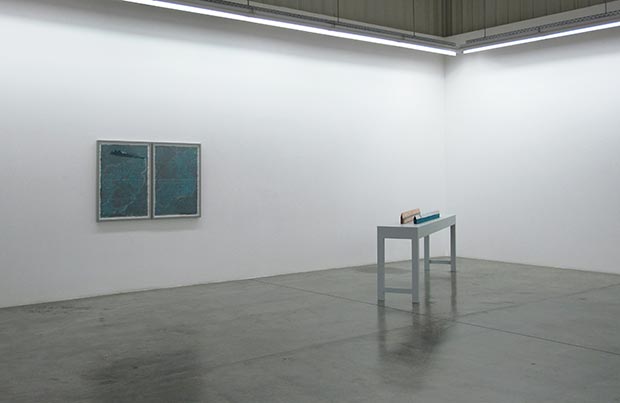 Ghazel, Mea Culpa, Installation view / Courtesy of Carbon 12
Ghazel, Mea Culpa, Installation view / Courtesy of Carbon 12
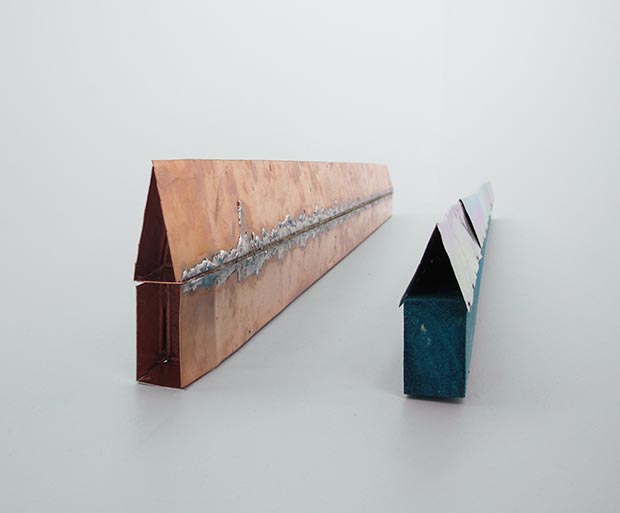 Ghazel, Mea Culpa, Installation view / Courtesy of Carbon 12
Ghazel, Mea Culpa, Installation view / Courtesy of Carbon 12
Maps are inherently political documents. Contemporary artists like Ghazel appropriate and transform them not only to defy the formalism of modernist art and its often apolitical conception of subjectivity, but also to reveal the social inequalities and erasures their generic aesthetic masks. This practice of subverting maps, known as radical cartography, best describes Ghazel’s body of work in which she literally draws upon Iranian-produced maps. Using pens and acrylic paint, the artist covers the maps with monochromatic expanses of color and a personal limited vocabulary of signs connected with her video and performance work, probing the issues of displacement and plural identity. If the ballpoint pen medium and map motif evoke Alighiero e Boetti, the 20th century Italian artist’s embroidered world maps serve as metaphors for an idealized unified global world rather than questioning the power and politics of cartography. For Ghazel, who left Iran in 1986 during the Iran-Iraq war, aware of Western involvement in the violence that took over a million lives, this framing is impossible. Instead, Ghazel’s maps seek to make visible the conflicts hidden by a map’s apparent neutrality and those who, like herself, have been displaced by them. The two sole colors she uses in the various world map series signify the main causes and effects of such conflicts. Black is the color of oil. The world’s dependency upon the black gold lies increasingly at the heart of present-day wars. Red is the color of blood; evoking both human life and death, it makes manifest the glossed over disappearance and survival of those inhumanely unhomed by geopolitical strife, often engineered by Western “democracies.†The neat, fictitious order of the world map is unmapped, punctured by the flow of oil, faceless capital, human lives and human deaths. The Phoenix series, on view, features maps of Iran painted in blue, a color intimately associated with the country’s landscape and art, bringing us full circle to the theme of roots and nomadism permeating the artist’s work, regardless of medium or period.
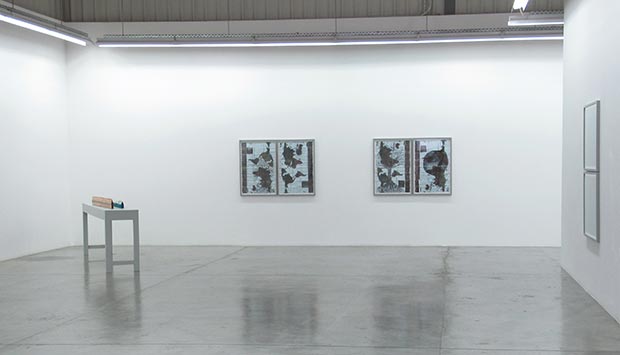 Ghazel, Mea Culpa, Installation view / Courtesy of Carbon 12
Ghazel, Mea Culpa, Installation view / Courtesy of Carbon 12
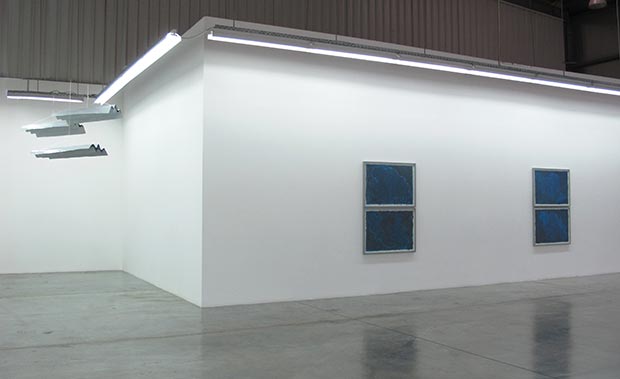 Ghazel, Mea Culpa, Installation view / Courtesy of Carbon 12
Ghazel, Mea Culpa, Installation view / Courtesy of Carbon 12
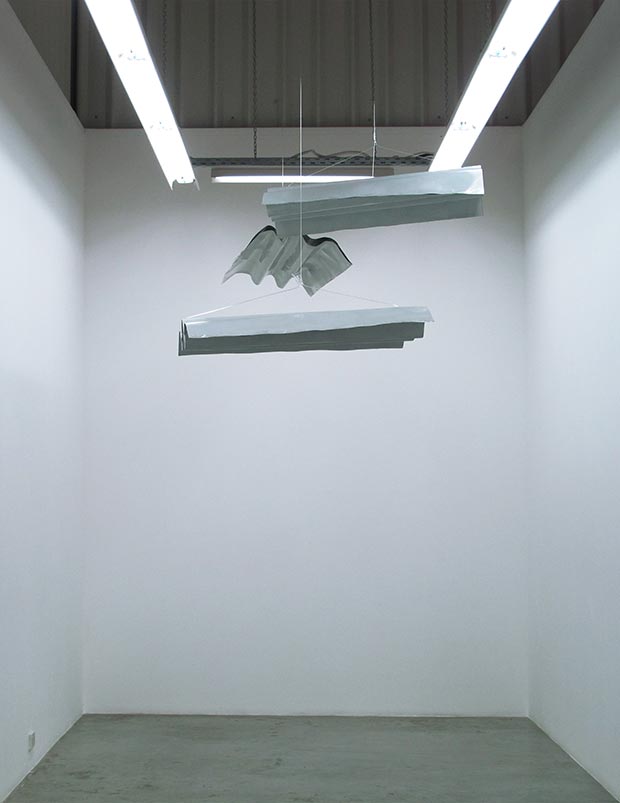 Ghazel, Mea Culpa, Installation view / Courtesy of Carbon 12
Ghazel, Mea Culpa, Installation view / Courtesy of Carbon 12
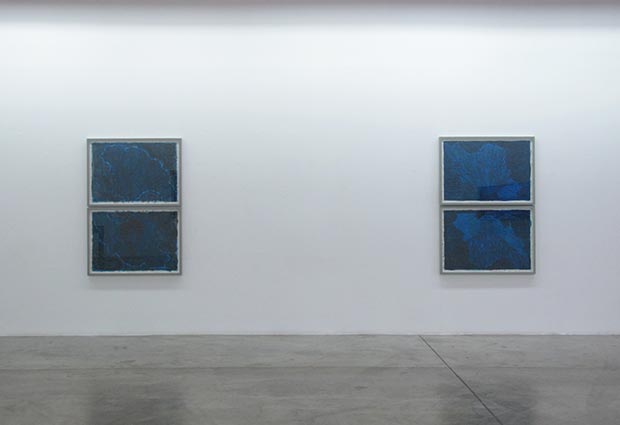 Ghazel, Mea Culpa, Installation view / Courtesy of Carbon 12
Ghazel, Mea Culpa, Installation view / Courtesy of Carbon 12
Like Ghazel’s performance and video work, the various map series are made operational through the repetition of signs and performativity. Here, the artist multiplies meanings by combining and recontextualising not images of herself donning a chador, but the recurring tree, root, suitcase, house and heart motifs, all shorthands for home and belonging. Rendered in a simplified, doodled style and set against the implacability of a map, these images should exhibit powerlessness and placelessness. But they don’t. Rather, the process of their production and their poetic aesthetic convey human agency and locatedness even when the objects are planted in the margins, outside the boundaries of maps now transformed into dystopian landscapes. Drawn with palpable physicality, the trees, roots, suitcases, houses and hearts communicate the possibility of individual resistance in such a world, intimating that embodied action may in fact be more vital to self identity than a static, single place or world order ever could be. Roots can be borders too, after all. The unpretentious icons stand up to and take their place in the, or perhaps “a,†world, their everydayness suturing art and life and the self and body politic. The simple graphic style and critical political content of Ghazel’s map-based work are only made more eloquent by the semi-covert artistic prowess underwriting its sui generis beauty.
Comments
Add a comment